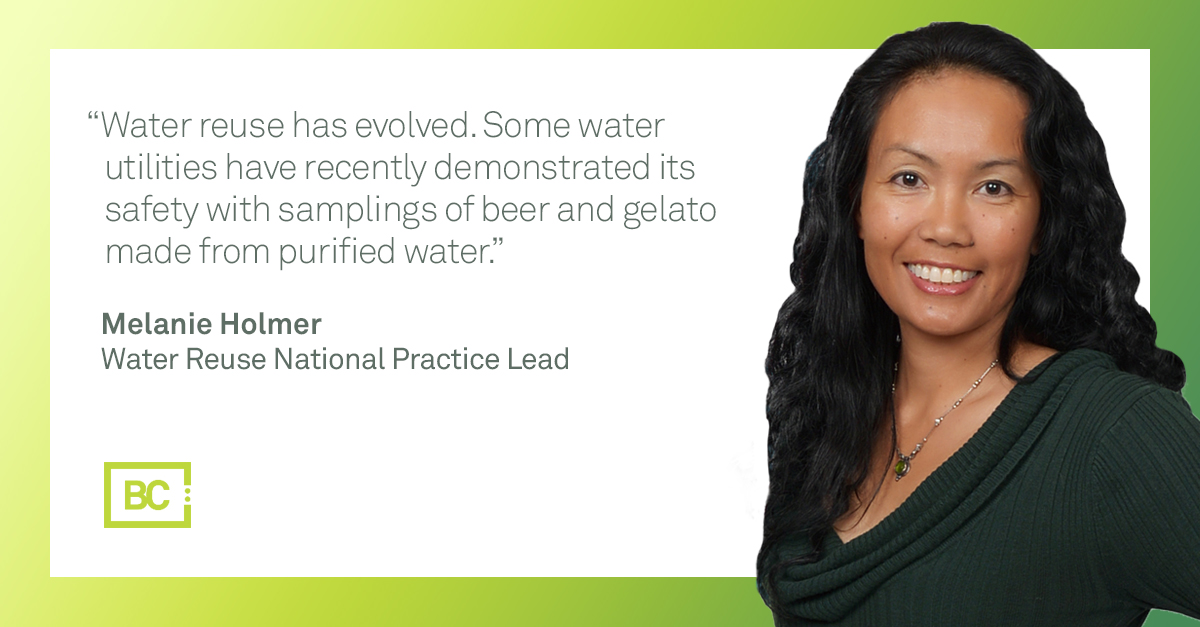
As we move into fall, we are keeping an active eye on this Supreme Court case, Sackett v. Environmental Protection Agency, for environmental regulations impact. The High Court is deciding what test should have been used determining which wetlands are “waters of the United States” (WOTUS). The ruling in this case could cause the EPA to redefine WOTUS and reset Clean Water Act authority.
Also of note was the EPA’s announcement of the establishment of the Office of Environmental Justice and External Civil Rights. This new national office will dedicate 200 EPA staff across 10 regions to advance environmental justice and enforce civil rights laws in underserved communities. The office has also been tasked with the implementation and delivery of the $3 billion climate and environmental justice block grant program created by the Inflation Reduction Act.
In other environmental updates, we highlight the following in our Compliance News:
Ask an Expert: Urban water reuse
BC expert Melanie Holmer shares insights from her recent presentation at the 2022 Water Reuse Europe Conference and Exhibition on Innovations in Water Reuse. Read “Ask an Expert”
IRA bolstering Clean Air Act
The Inflation Reduction Act represents a large investment in U.S. climate resilience efforts, offering many incentives for companies to decarbonize.
PFAS designation change hits snag after OMB review
A review by the Office of Management and Budget (OMB) of the EPA’s proposed rulemaking to designate PFOA and PFOS as hazardous substances under CERCLA identified the proposal as “economically significant,” triggering a regulatory impact analysis.
Stricter air quality regulations on horizon
Having failed to reach the 2008 National Ambient Air Quality Standards (NAAQS) for ground-level ozone by July 20, 2021, the EPA announced a final proposed action to downgrade five regions from “serious” nonattainment status to “severe.”


